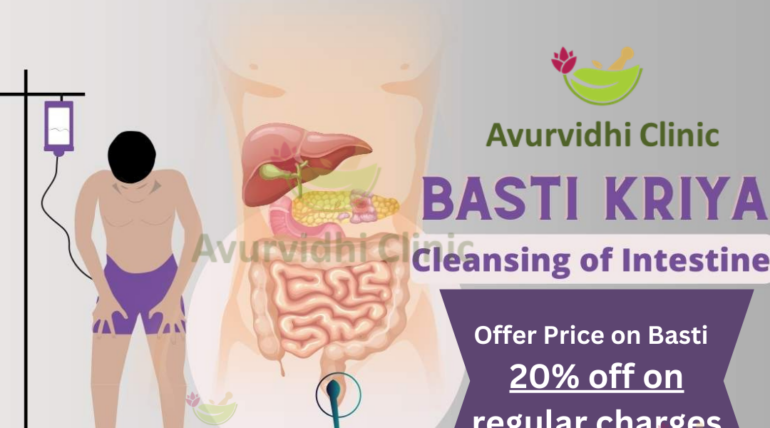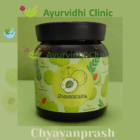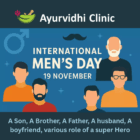Winter Wellness Tips — Strengthen Immunity through Ayurveda
As the chilly breeze of winter sets in, our body’s digestive fire (Agni) becomes stronger — yet immunity can become weaker if we neglect balance. According to Ayurveda, Hemanta Ritu (winter season) is a time when nature encourages nourishment and rejuvenation, but only if we follow the right seasonal regimen (Ritucharya).
Winter is a perfect season to strengthen immunity, boost vitality, and nurture overall well-being through Ayurvedic practices that align with the body’s natural rhythm.
🌿 Ayurvedic View of Winter Season (Hemanta Rhutu)
In winter, the Vaata dosha increases due to cold, dryness, and wind, while Kapha dosha starts accumulating because of the cold weather and reduced physical activity.
Ayurveda recommends keeping the body warm, well-nourished, and hydrated, and maintaining a strong Agni (digestive power) to support immunity and energy.
🌞 Ayurvedic Winter Wellness Tips
🥛 1. Nourish with Warm, Strengthening Foods
-
Include ghee, milk, nuts, sesame, dates, and whole grains in your diet.
-
Enjoy soups, stews, khichdi, and herbal teas with ginger, cinnamon, and cardamom.
-
Use natural immunity boosters like Chyavanprash — a powerful Rasayana that enhances Ojas (vital energy). At Ayurvidhi Clinic we prepared Chyavanprash with good quality of Aamla under supervision of Ayurvedic Vaidya. For order and booking Chyavanprash kindly contact us https://wa.me/message/MBTFCXKULPB2K1
-
Avoid cold, refrigerated, or raw foods that disturb Agni and Vaata.
🌿 2. Strengthen Immunity with Ayurvedic Herbs
Ayurveda offers several time-tested herbs to keep your immunity strong during winter: Guduchi, Ashvangandha, Shunthi etc.
Regular use of these herbs under Ayurvedic guidance helps the body fight infections and maintain energy throughout the cold season.
3. Practice Abhyanga (Daily Oil Massage)
Abhyanga — the traditional Ayurvedic self-massage — is highly beneficial in winter.
-
Use warm sesame or our Special Winter Care oil for daily massage before bath.
-
It strengthens muscles, lubricates joints, improves circulation, and reduces Vaata.
-
Also prevents dryness and keeps the skin healthy and glowing.
🔥 4. Keep Agni (Digestive Fire) Strong
A strong digestive system is the foundation of good immunity.
-
Eat at regular times and only when hungry.
-
Sip warm water or herbal tea throughout the day.
-
Add digestive spices like jeera (cumin), ajwain (carom), hing (asafoetida), and black pepper to meals.
-
Avoid overeating or heavy late-night dinners.
🧘 5. Winter Yoga & Lifestyle Tips
-
Practice gentle yoga postures like Surya Namaskar, Trikonasana, and Bhujangasana to keep the body active and warm.
-
Do regular Pranayama (deep breathing) to enhance oxygen flow and mental calmness.
-
Dress warmly and protect the chest and neck area from cold winds.
-
Ensure adequate rest and a regular sleep schedule.
💧 6. Panchakarma Therapies for Winter Immunity
Winter is the ideal season for rejuvenation therapies as the body’s tissues are more receptive.
-
Abhyanga & Swedana (Oil massage & steam therapy) – Relieves stiffness, improves circulation, and strengthens immunity.
-
Basti (Medicated enema) – Balances Vaata and nourishes tissues.
-
Nasya (Nasal oil therapy) – Protects respiratory passages and prevents colds.
-
Rasayana Chikitsa – Enhances overall vitality, energy, and longevity.
Regular Panchakarma under expert supervision helps detoxify and rejuvenate the body, preventing seasonal ailments.
🌼 Benefits of Following Ayurvedic Winter Regimen
✅ Strengthens natural immunity and resistance to infections
✅ Keeps body warm and energetic
✅ Enhances digestion and metabolism
✅ Nourishes body tissues and joints
✅ Promotes better sleep and mental clarity
✅ Improves skin glow and vitality
Ayurvedic Winter Care Product Range available at Ayurvidhi Clinic:
- Honey Glycerin Soap
- Special Winter Care oil for abhyanga
- Shatadhauta Ghruta
- Chyavanprash – Immunity Tonic
For product enquiry and order kindly contact us @ayurvidhi_clinic or WhatsApp at https://wa.me/message/MBTFCXKULPB2K1
Conclusion
Winter is a season of strength, nourishment, and rejuvenation when Ayurvedic practices can help you thrive instead of just survive. By adopting a balanced diet, warm lifestyle, and rejuvenating herbs and therapies, you can stay healthy, energetic, and immune to seasonal ailments.
This winter, let Ayurveda be your shield — nurture your body, balance your doshas, and glow with natural vitality.










Recent Comments